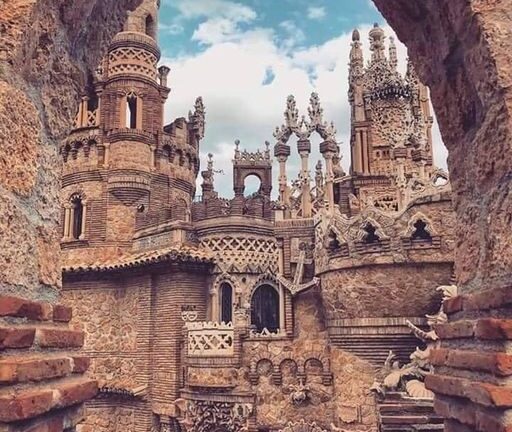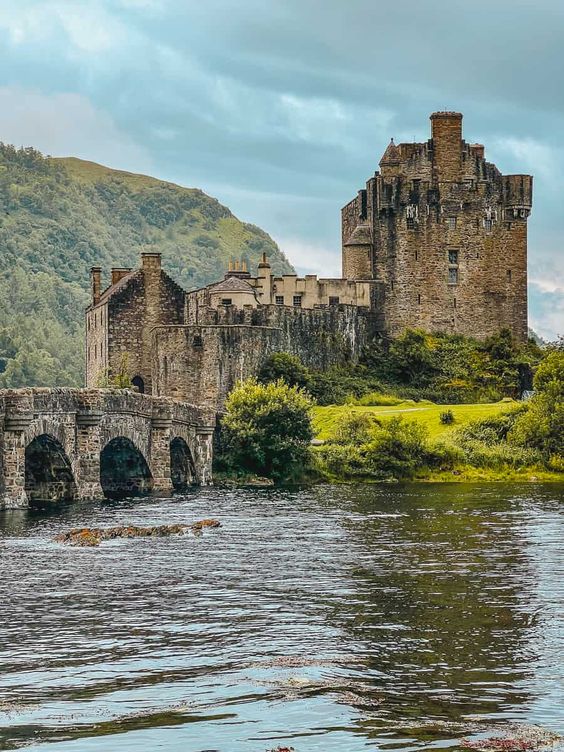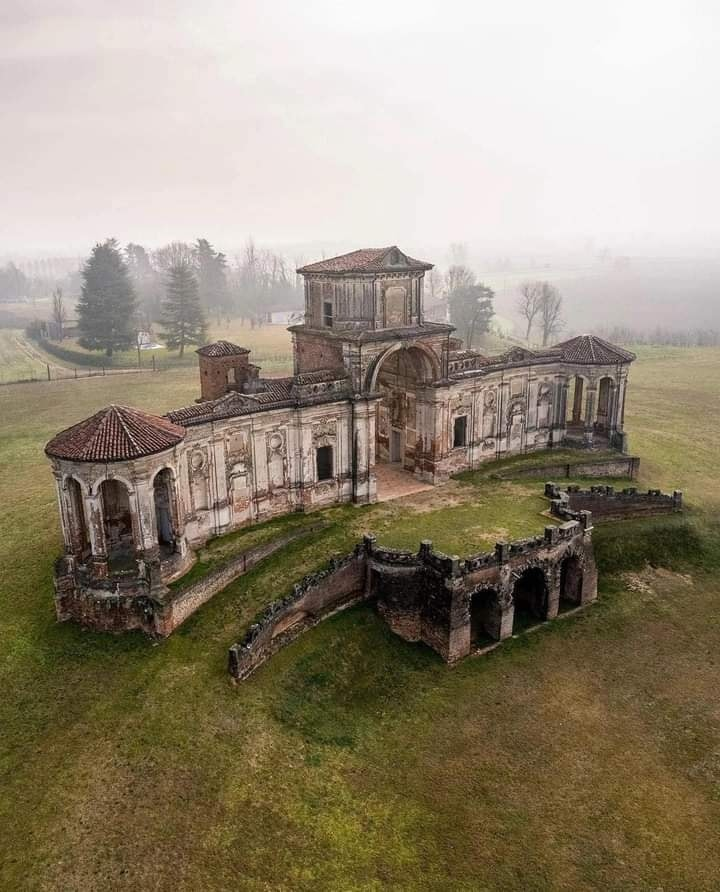Nestled along the waterfront of St. Augustine, Florida, the Castillo de San Marcos stands as a symbol of resilience, history, and architectural ingenuity. Constructed by the Spanish between 1672 and 1695, this fort is the oldest masonry fortress in the continental United States and is a testament to the strategic importance of St. Augustine in colonial America. With its robust coquina walls and storied past, Castillo de San Marcos offers visitors a unique glimpse into the military history of the Spanish Empire in the New World.
The Castillo de San Marcos was built during a period of intense rivalry between European powers in the Americas. St. Augustine, founded by the Spanish in 1565, was a critical outpost for Spain, protecting the sea routes for treasure fleets traveling from the Americas to Europe. After repeated attacks by pirates and other colonial powers, including the devastating raid by English privateer Sir Francis Drake in 1586, the Spanish Crown recognized the need for a more formidable defense.
In 1672, the construction of the Castillo de San Marcos began under the direction of Spanish engineer Ignacio Daza. Unlike earlier wooden fortifications, the Castillo was built using coquina, a unique and resilient material made from compressed shells. This choice proved to be fortuitous, as coquina absorbed the impact of cannonballs rather than shattering, making the fort nearly impregnable.
The fort’s strategic location on the western shore of Matanzas Bay allowed it to guard the Atlantic coast and the entrance to the St. Augustine harbor. Over the centuries, the Castillo de San Marcos played a key role in the defense of the Spanish Empire in the Americas, changing hands multiple times as the political landscape shifted.
The Castillo de San Marcos is a prime example of a bastion system of fortifications, which was popular in Europe during the 16th and 17th centuries. The fort is designed in a star shape, with diamond-shaped bastions at each corner, allowing for overlapping fields of fire, which created a formidable defensive structure.
The walls of the Castillo are particularly notable for their thickness and resilience. Built from coquina, these walls are both sturdy and flexible, capable of withstanding repeated cannon fire without crumbling. This construction material, unique to the region, was harvested from nearby Anastasia Island, and its porous nature made it an excellent choice for the fort’s walls.
The interior of the Castillo features a series of vaulted rooms, known as casemates, which were used for various purposes, including housing troops, storing supplies, and holding prisoners. The fort’s central courtyard provided a space for drills and daily activities, while the gun deck above offered a panoramic view of the surrounding area, including the bay and the city of St. Augustine.
The Castillo’s design reflects the advanced military engineering of its time, incorporating features that were ahead of their era, such as angled bastions, a dry moat, and a drawbridge, all of which contributed to its defensive capabilities.
Throughout its history, the Castillo de San Marcos has witnessed numerous conflicts and changes in sovereignty, reflecting the broader struggles of colonial powers in North America. The fort has withstood sieges, wars, and changes in ownership, each adding layers to its rich history.
One of the most significant events in the Castillo’s history occurred during the British siege of 1702, when English forces attempted to capture St. Augustine. The Spanish garrison and local residents took refuge within the fort’s walls, enduring a two-month siege. Despite continuous bombardment, the fort held strong, and the British were ultimately forced to retreat.
In 1763, as part of the Treaty of Paris that ended the French and Indian War, Spain ceded Florida to Britain in exchange for Havana, Cuba. The Castillo was renamed Fort St. Mark by the British, who used it to house soldiers and prisoners during their 20-year occupation of Florida. When Florida was returned to Spain in 1784, the fort resumed its original name and continued to serve as a military outpost.
In 1821, following the Adams-Onís Treaty, Florida became a U.S. territory, and the fort was renamed Fort Marion in honor of Revolutionary War hero Francis Marion. The U.S. Army used the fort for various purposes over the next several decades, including as a military prison during the Seminole Wars and the Civil War.
The fort remained in military use until 1900 when it was decommissioned. In 1924, it was designated a National Monument, and in 1942, its original name, Castillo de San Marcos, was restored. Today, the Castillo is managed by the National Park Service and serves as a major historical and tourist site.
Visitors to Castillo de San Marcos can explore the fort’s well-preserved structures and learn about its fascinating history through interactive exhibits, guided tours, and historical reenactments. The fort’s casemates are filled with displays that tell the story of the fort’s construction, the lives of its soldiers, and its role in various conflicts.
One of the highlights of a visit is the daily cannon firing demonstrations, which provide a vivid sense of the fort’s military past. Rangers dressed in period uniforms explain the process of loading and firing the cannons, offering a dramatic glimpse into the fort’s defensive capabilities.
The fort’s location on the waterfront provides stunning views of St. Augustine’s historic district, the Matanzas River, and the Atlantic Ocean. Visitors can walk along the fort’s ramparts, explore the bastions, and take in the breathtaking scenery that surrounds this historic site.
Castillo de San Marcos is more than just a historic fort; it is a symbol of the enduring legacy of Spanish colonization in the Americas and the complex history of Florida. Its robust architecture, rich history, and stunning location make it one of the most important and captivating landmarks in the United States. As a site of cultural and historical significance, the Castillo de San Marcos continues to educate and inspire visitors, offering a tangible connection to the past and a deeper understanding of the forces that shaped the history of the Americas.


